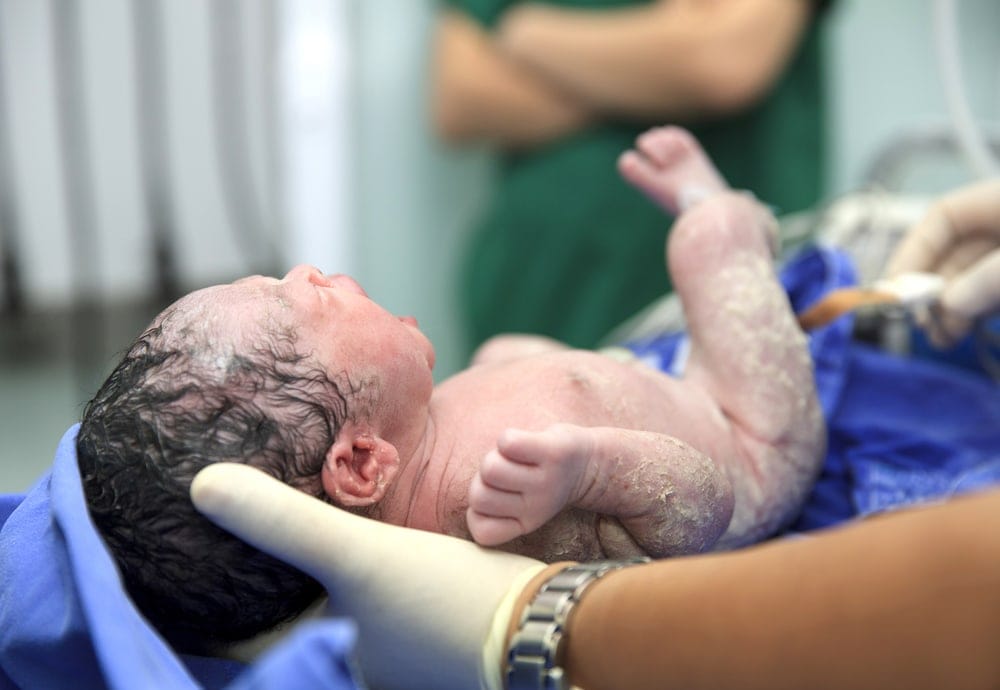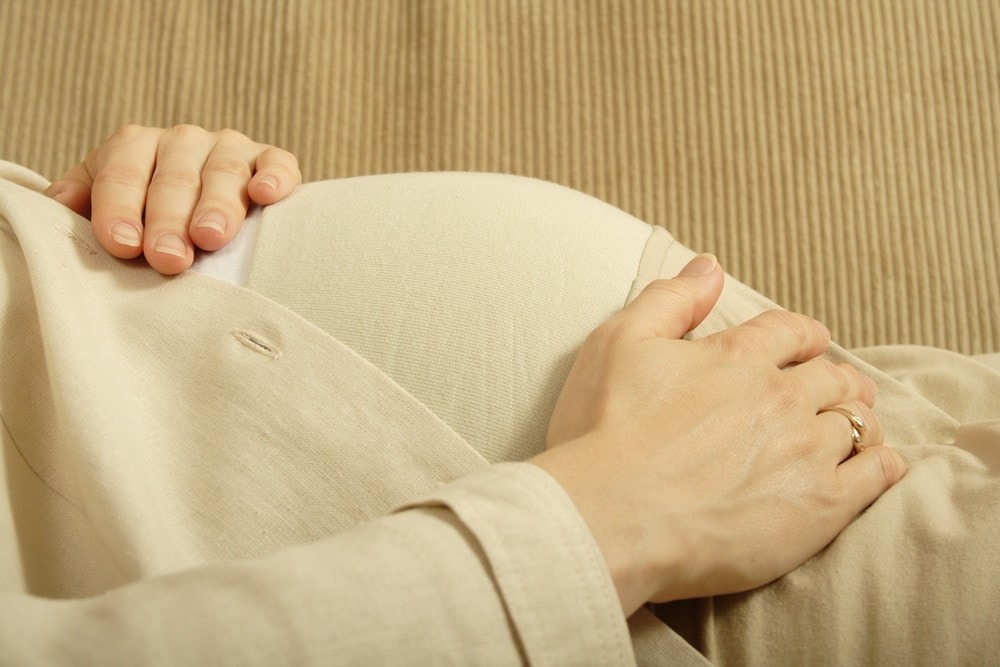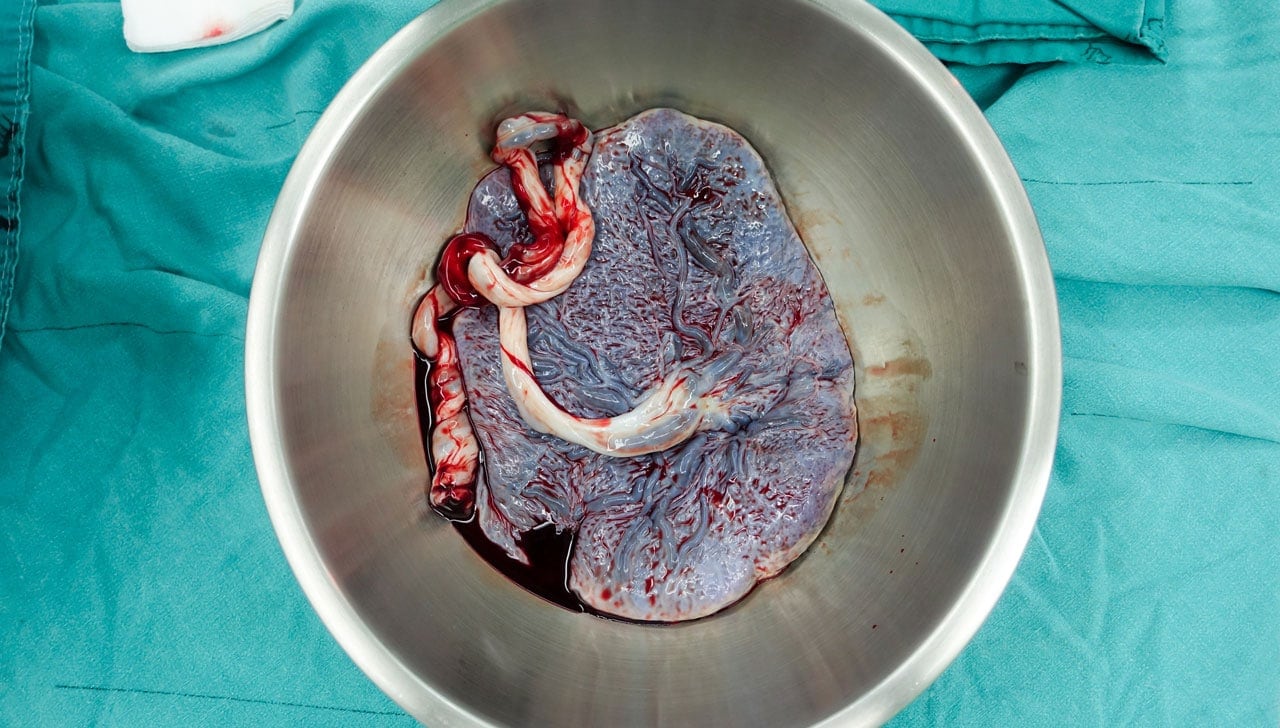The second stage of labor is when your baby moves through the birth canal. The second stage of labor begins when the cervix is completely dilated (open), and ends with the birth of your baby. Contractions push the baby down the birth canal, and you may feel intense pressure, similar to an urge to have a bowel movement.
The Second Stage of Labor: Pushing
Your health care provider may ask you to push with each contraction. The contractions continue to be strong, but they may spread out a bit and give you time to rest. The length of the second stage depends on whether or not you’ve given birth before and how many times, and the position and size of the baby.
The intensity at the end of the first stage of labor will continue into this pushing phase. You may be irritable during a contraction and alternate between wanting to be touched and talked to, and wanting to be left alone. It isn’t unusual for a woman to grunt or moan when the contractions reach their peak.
Pushing and what to expect:
- The second stage can last from 20 minutes to 2 hours
- Contractions will last about 45-90 seconds at intervals of 3-5 minutes of rest in between
- You will have a strong natural urge to push
- You will feel strong pressure at your rectum
- You are likely to have a minor bowel or urination accident
- Your baby’s head will eventually crown (become visible)
- You will feel a burning, stinging sensation during crowning
- During crowning, you will be told by your health care provider to not push
Pushing and what to do:
- Get into a pushing position that uses gravity to your advantage
- Push when you feel the urge
- Relax your pelvic floor and anal area (Kegel exercises can help)
- Rest between contractions to help regain your strength
- Use a mirror to view your progress (this can be very encouraging!)
- Use all your energy to push
- Do not become discouraged if your baby’s head emerges and then slips back into the vagina (this process can take two steps forward and one step back)
Tips for the support person
- Help her to relax and be as comfortable as possible. Give her ice chips if available and provide physical support in her position
- Encourage, encourage, encourage!
- Help guide her through her contractions
- Give verbal encouragement by telling her how well she is doing
- Don’t be offended if she displays anger or becomes emotional
What your baby is doing during stage two:
While you are experiencing labor, your baby is taking certain steps to enter this world.
- Your baby’s head will turn to one side and the chin will automatically rest on the chest so that the back of the head can lead the way
- Once you are fully dilated, your baby’s head leads the way and the head and torso begin to turn to face your back as they enter your vagina
- Next, your baby’s head will begin to emerge or “crown” through the vaginal opening
- Once your baby’s head is out, the head and shoulders will again turn to face your side, allowing your baby to easily slip out
Delivery and what to expect:
Keep in mind that your baby has been soaking in a sac of amniotic fluid for nine months. Here’s what happens once your baby hits the atmosphere:
- He needs to be dried off with a towel and kept warm..
- Your doctor or midwife may quickly suction your baby’s mouth and nasal passages if she seems to have a lot of mucus.
- If there are no complications, he’ll be lifted onto your bare belly so you can touch, kiss, and simply marvel at him. The skin-to-skin contact will keep your baby nice and toasty, and he’ll be covered with a warm blanket – and perhaps given his first hat – to prevent heat loss.
- Your caregiver will clamp the umbilical cord in two places and then cut between the two clamps – or your partner can do the honors.
Following the contractions and passage through your very narrow birth canal, the baby will display the following characteristics:
- Cone-shaped head
- Vernix coating (a cheesy substance that coats the fetus in the uterus)
- Puffy eyes
- Lanugo (fine downy hair that covers the shoulders, back, forehead, and temple)
- Enlarged genitals
You may feel a wide range of emotions now: euphoria, awe, pride, disbelief, excitement (to name but a few), and, of course, intense relief that it’s all over. Exhausted as you may be, you’ll also probably feel a burst of energy, and any thoughts of sleep will vanish for the time being.
Want to Know More?
Compiled using information from the following sources:
William’s Obstetrics Twenty-Second Ed. Cunningham, F. Gary, et al, Ch. 17.
Pregnancy, Childbirth and the Newborn: The Complete Guide. Simkin, Penny, P.T., et al, Ch. 9.
 






